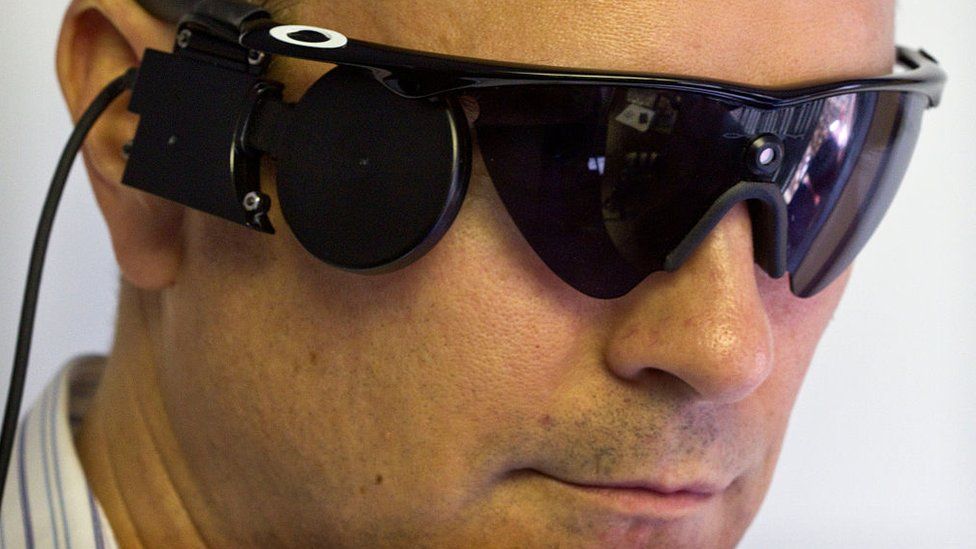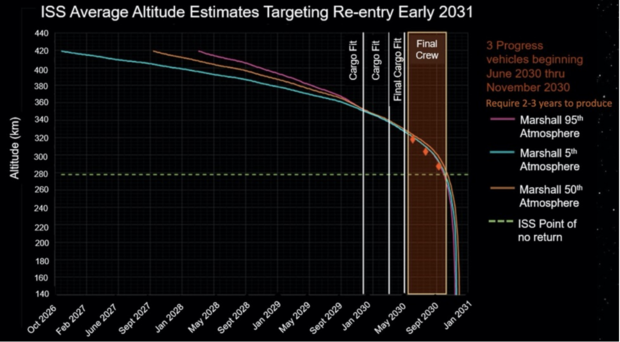A Honda-backed startup called Ashirase is stepping into the global marketplace with a new navigation assistance product intended to help people with low vision. Its debut device will feature flexible vibrating bases that wrap around each foot and are inserted into each shoe, and a small pack that resembles an AirPods case that can be detached for charging. Once fitted, the vibrating components are aligned along the sensitive nerves on the foot and can send coded walking instructions to the user.
In its present form, this device is intended to help those with low vision navigate a route that comes from a smartphone app. The idea is that it can help eliminate distractions by freeing up the attention that is normally needed to either listen to voice directions or recheck their phones. That way, visually impaired users can concentrate on the safety of the environments in which they are walking, explains Waturo Chino, representative director and CEO of Ashirase. People can use their hearing to listen to traffic sounds and signals, like warning beeps at crossings or sidewalks, and use their hands to carry walking canes or other belongings. It’s not meant to warn against upcoming real-time obstacles, but provide simple, general navigation directions.
Credits:
https://www.popsci.com/technology/in-shoe-vibrating-device-easy-navigation-visually-impaired/
https://twitter.com/PCMag/status/1498456231572226050?t=DlW9Aa5paaYgQVea1CGrMQ&s=19







/cdn.vox-cdn.com/uploads/chorus_asset/file/22495915/twostep.jpg)



